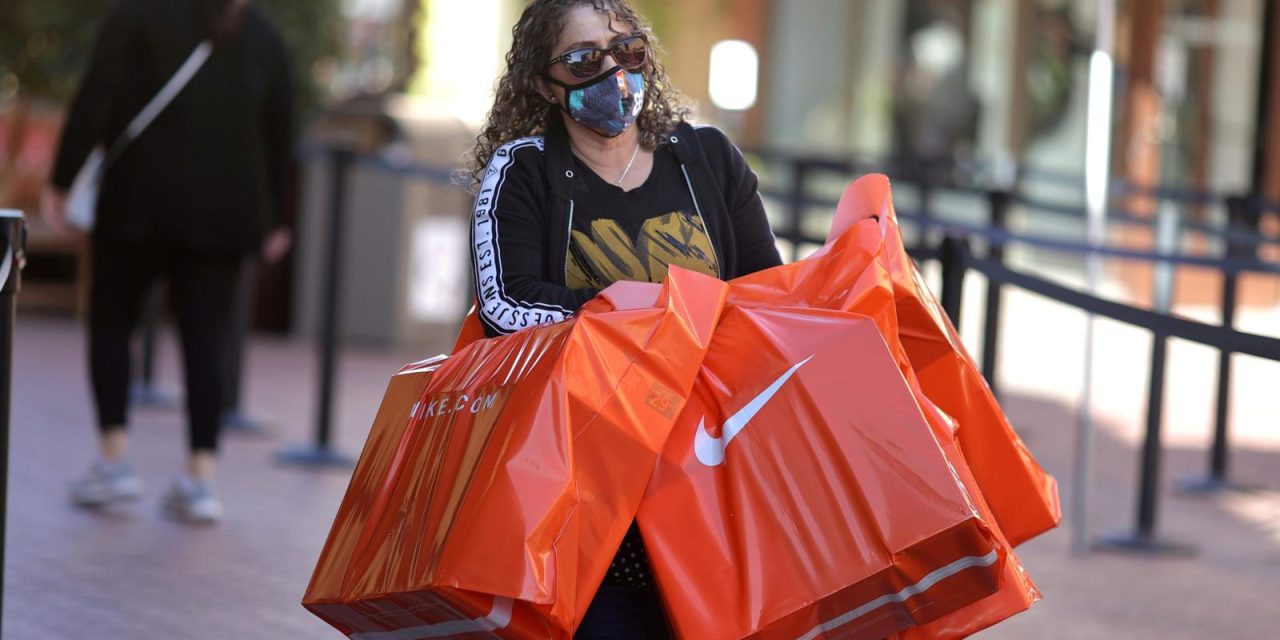Economic stimulus.
By Nate DiCamillo
Source: qz.com, November 2021
Forecasters now expect the US economy to grow much faster in the last three months of the year after an economic data dump on Nov. 24 showed a much rosier picture than they had expected.
The new data point to stronger growth in the third quarter than was originally reported, and a pickup in the pace of the recovery in October and November. Economists at various institutions, from Morgan Stanley to the Federal Reserve Bank of Atlanta, upped their GDP estimates for the fourth quarter in response.
A strong end of the year is not inevitable, however. Another delta-style surge in covid-19 cases could slow down the recovery again. Barring that, here are the indicators that have economists feeling optimistic:
Stronger third-quarter GDP
Economists have different ways of measuring economic growth. GDP, the most traditional, is based on spending on goods and services. It grew by 2.1% in the third quarter, according to the US Bureau of Economic Analysis (BEA). But on Wednesday, the agency released another measure of growth, gross domestic income (GDI), which is based on people’s and companies’ income. It grew much faster than GDP, by 7.6% compared with the same period last year.
The accounting for both figures is prone to errors and is often revised months or even years after, so economists have begun to average the two. The resulting indicator has proven to be a pretty good predictor of final GDP figures.
According to the calculations of Jason Furman, a Harvard economist, the new GDI figure translates into 4.4% growth in the third quarter, double what was reported.
Jobless claims hit historic low
Meanwhile, jobless claims for the week ending Nov. 20 fell to a 50-year low (pdf) at 199,000, which probably spells a strong jobs report for November. This is the first time that claims have fallen below pre-pandemic levels, and is an indication that employers are very hesitant to lay off workers given the labor shortage, senior Glassdoor economist Daniel Zhao said on Twitter.
However, claims filed before this week are at 2.05 million, and the number of unemployed is still higher than it was pre-pandemic, signaling that the labor market won’t fully recovery anytime soon.
Consumers and companies are spending more
Americans are keeping up with their spending habits in the face of higher prices. Consumer spending increased by 1.3% (or 0.7% adjusted for inflation) in October, BEA data show. Incomes, meanwhile, rose 0.5% after falling by 1% in September.
Companies are shopping, too, with business spending on equipment up by 0.6% in October. Overall, shipments of durable goods increased by 1.5% from the prior month. To be sure, some sectors are still struggling due to supply chain snags. Orders for transportation like airplanes dropped by 2.6%
Reassessing the US recovery
This is how forecasters increased their projections for economic growth in the fourth quarter in response to the flurry of positive economic data:

